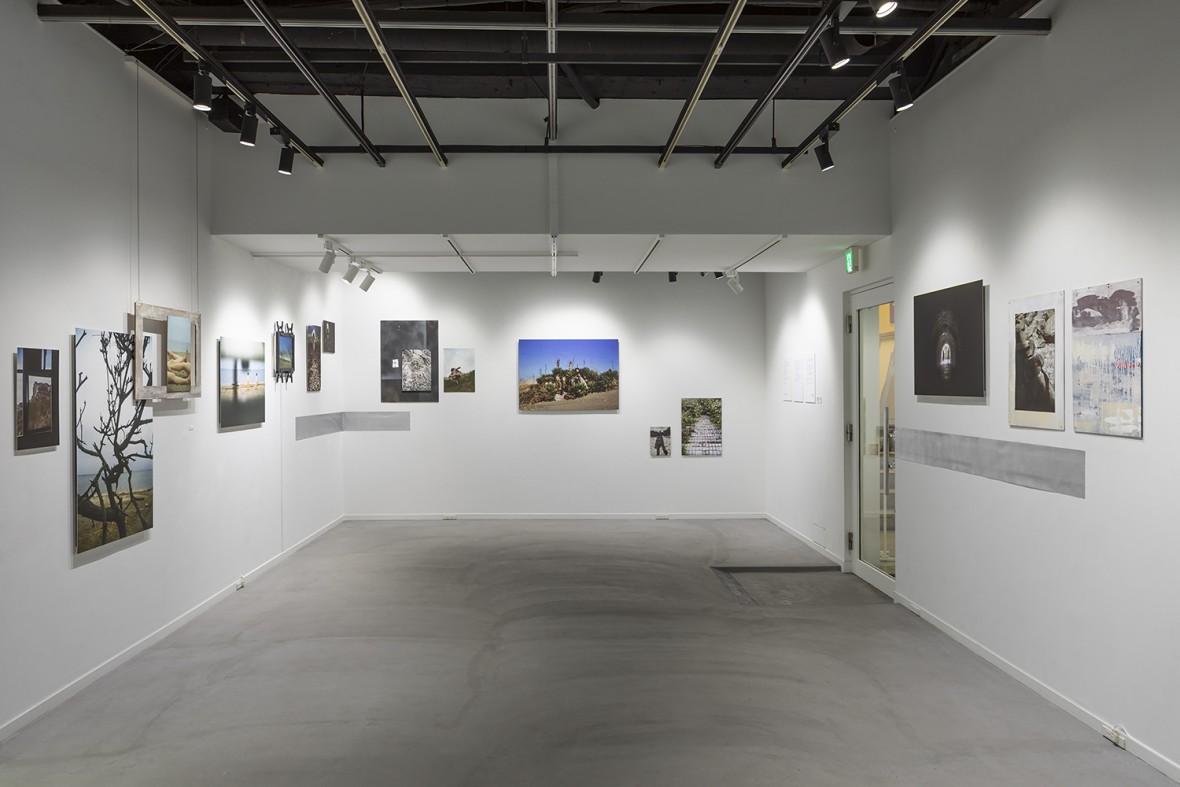
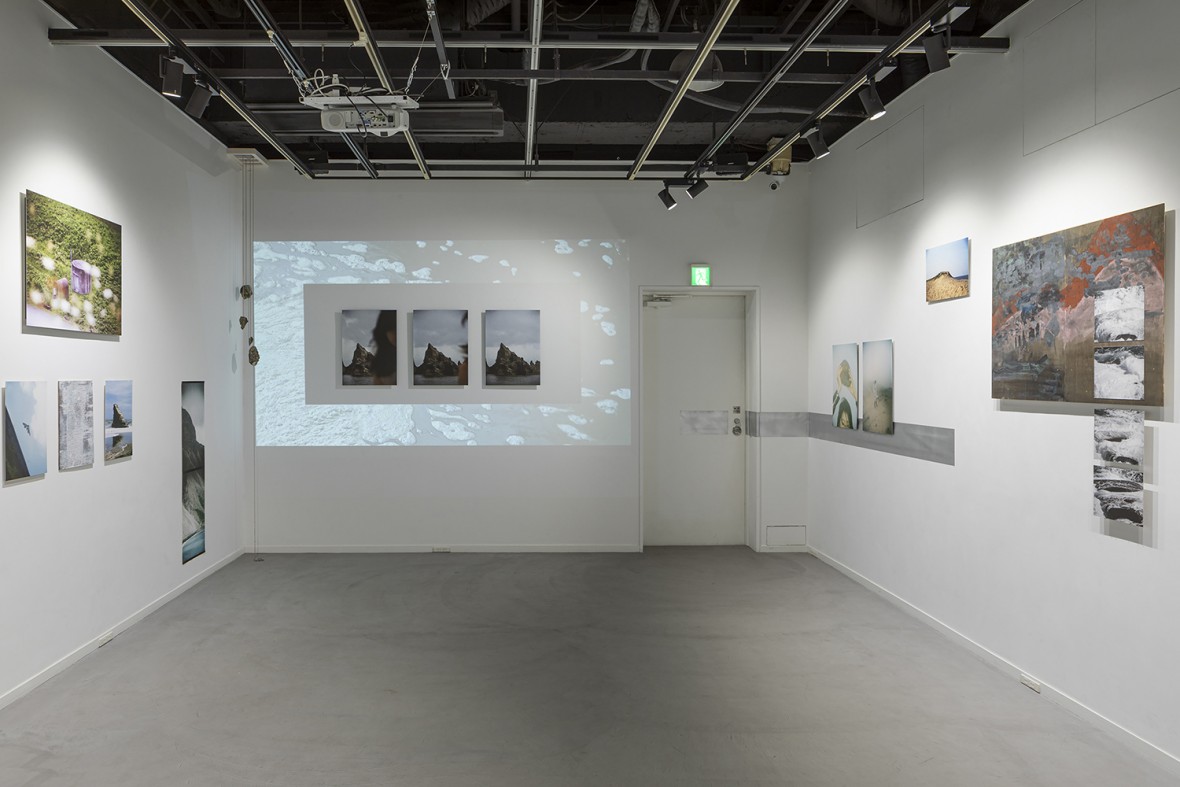
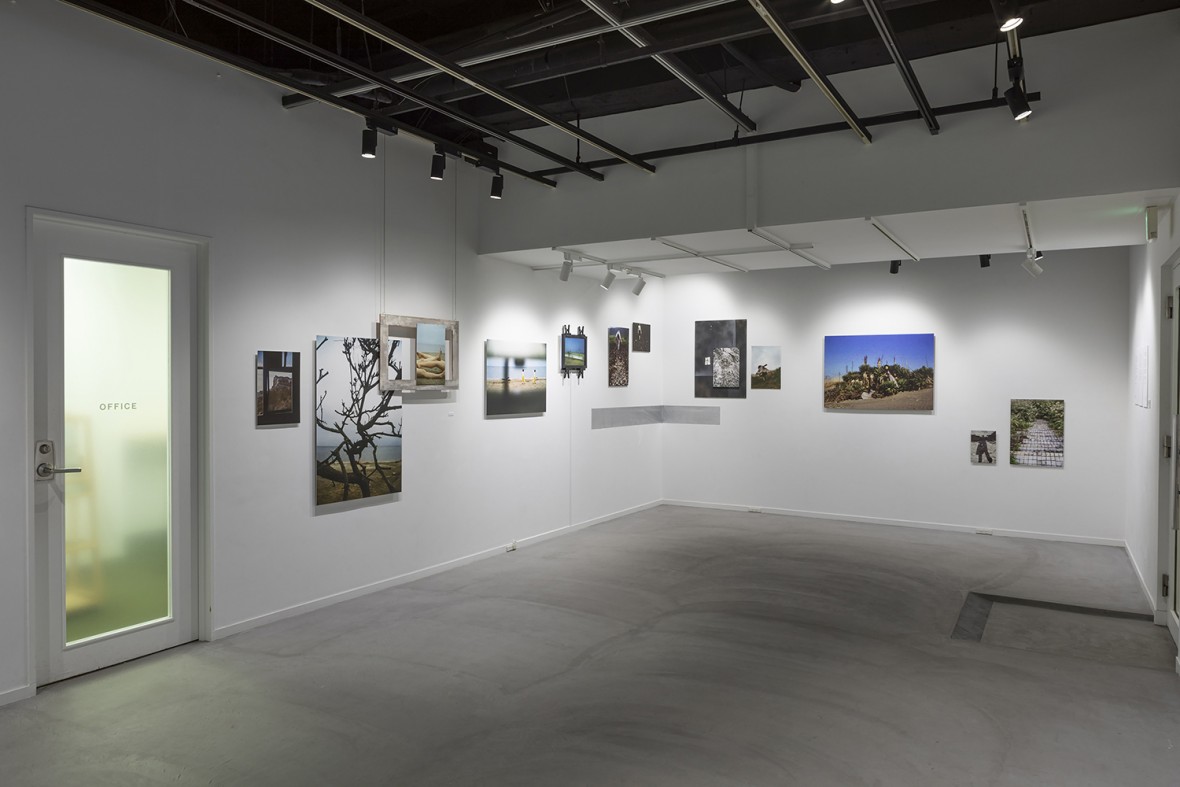
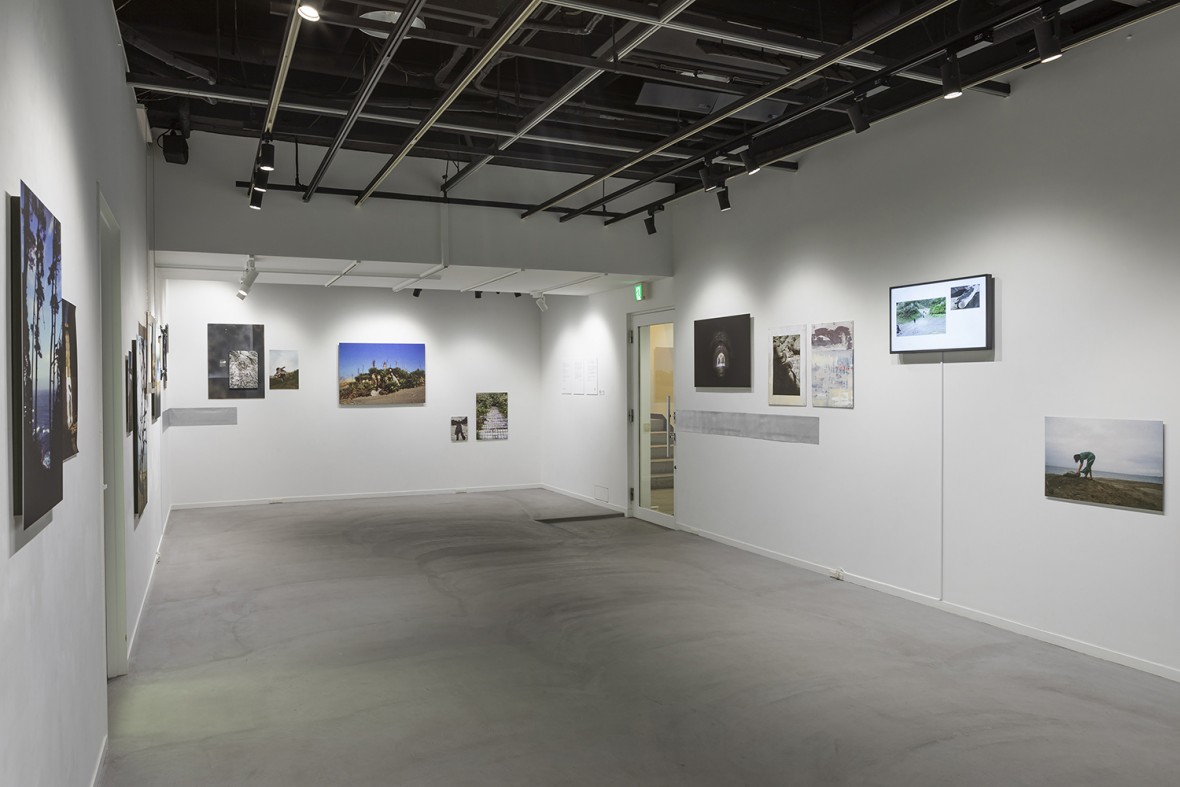
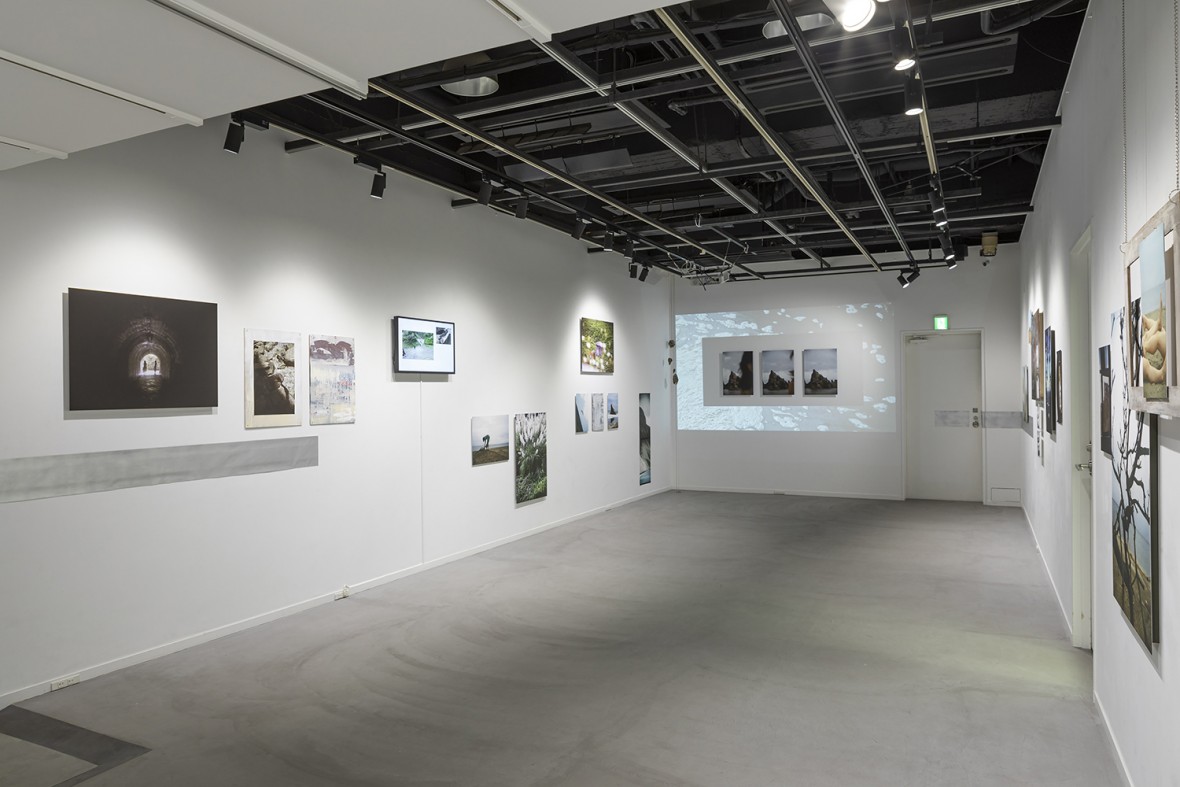
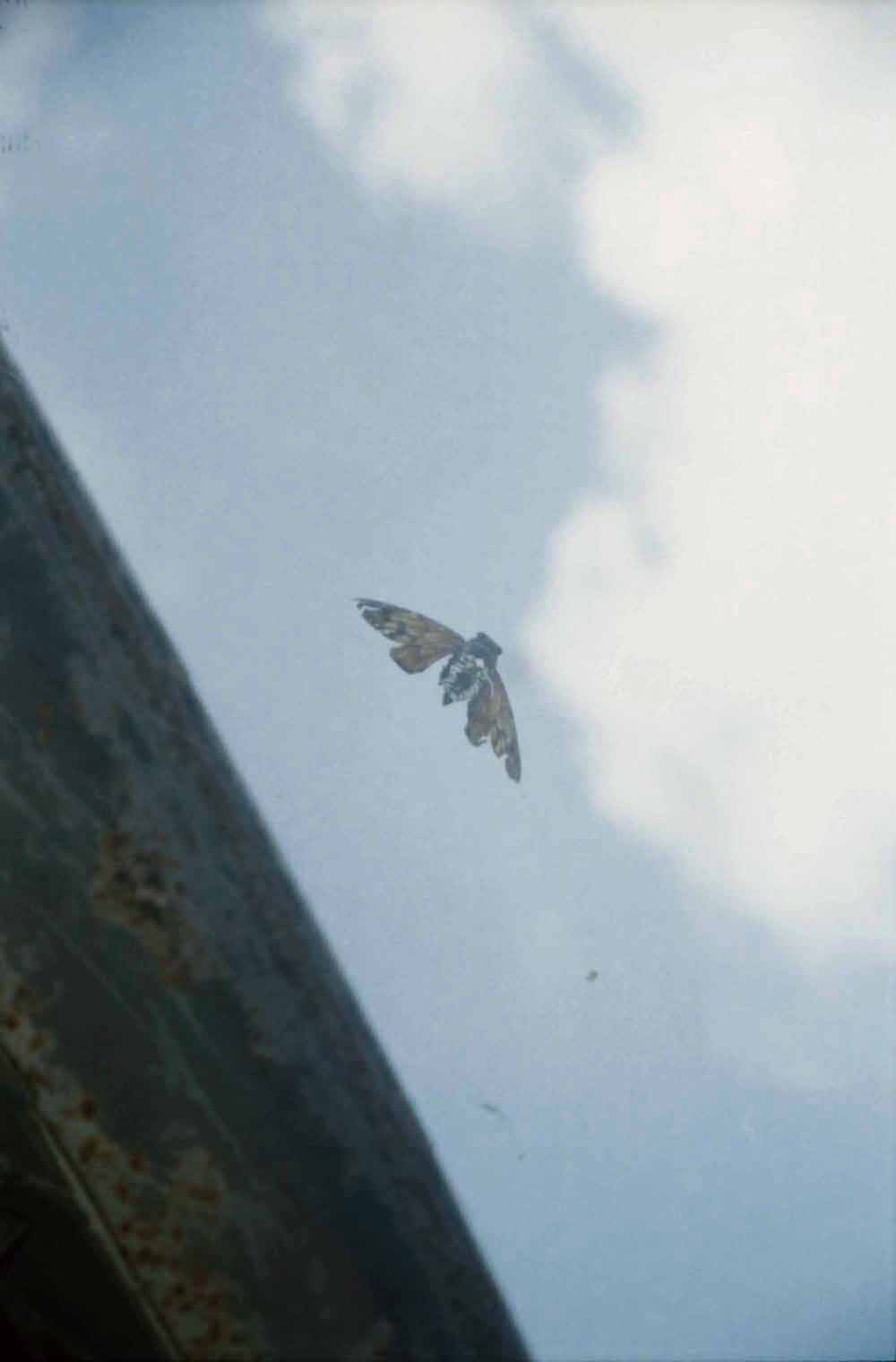
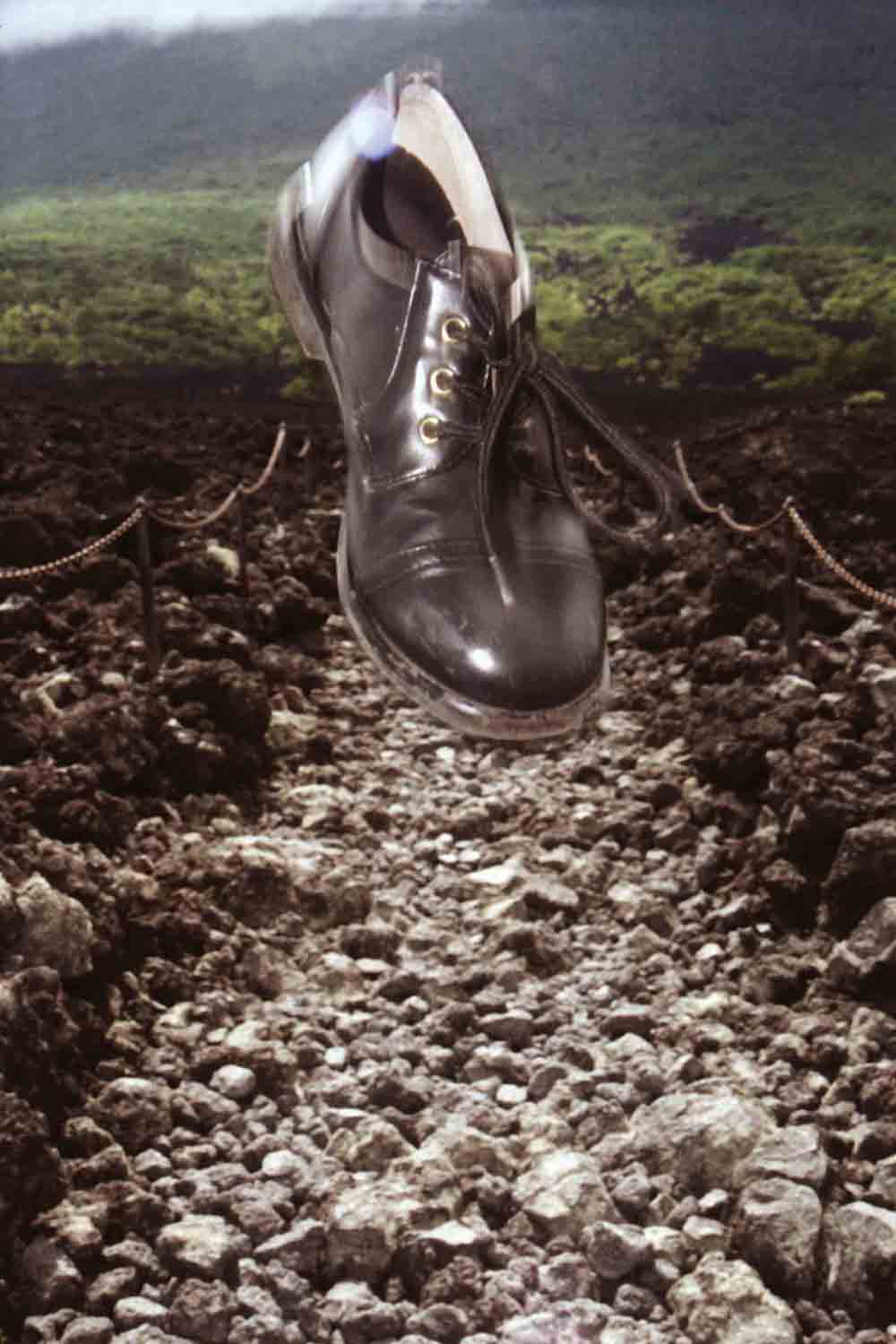
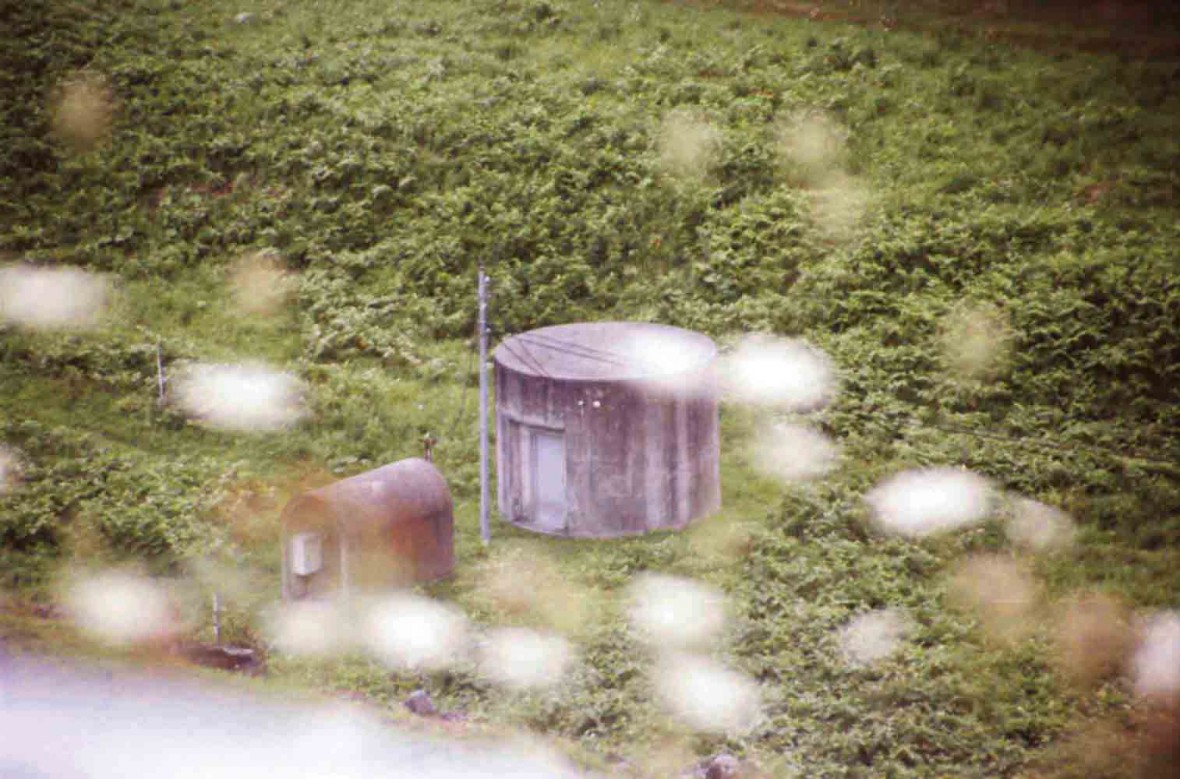
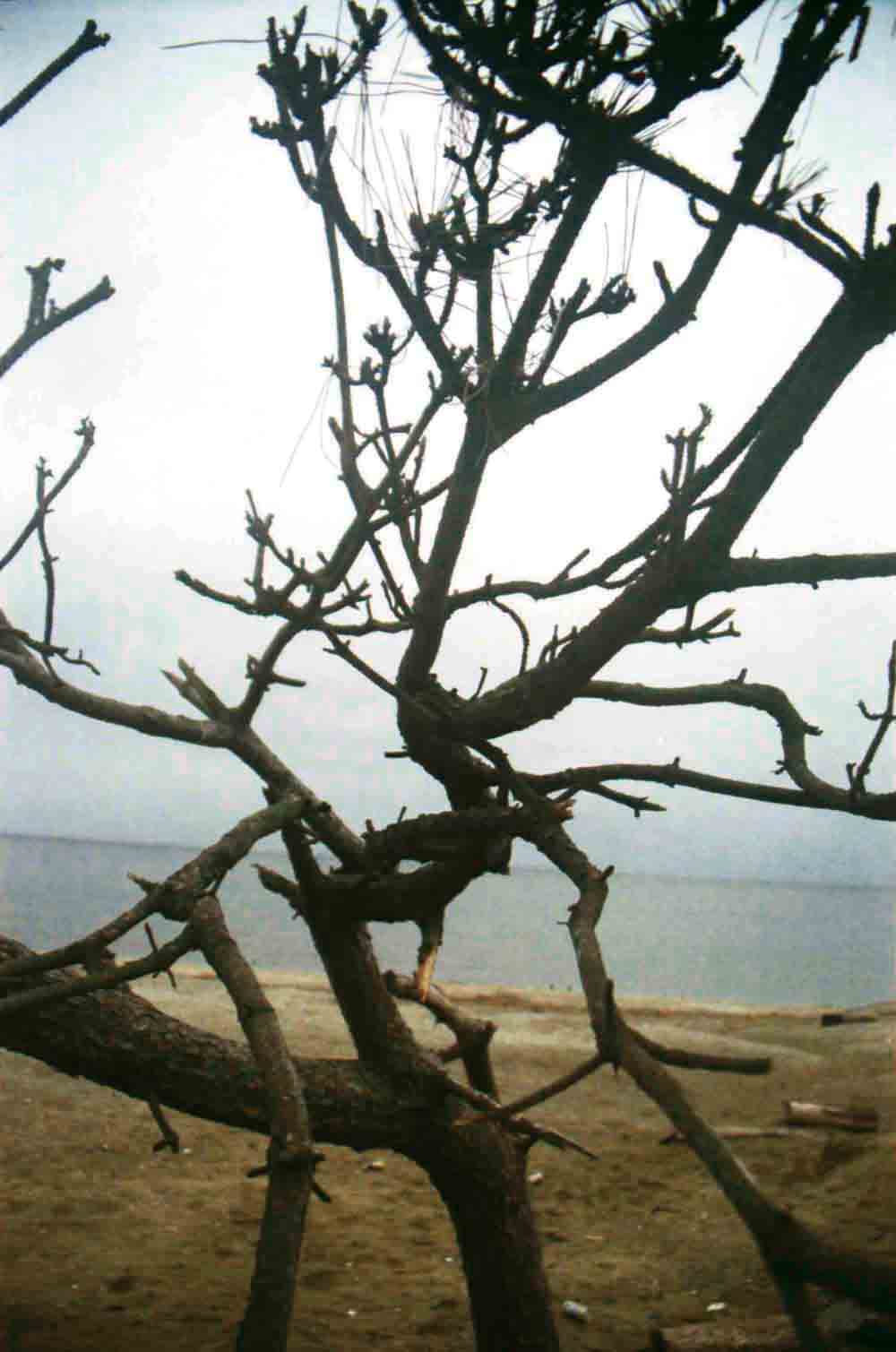
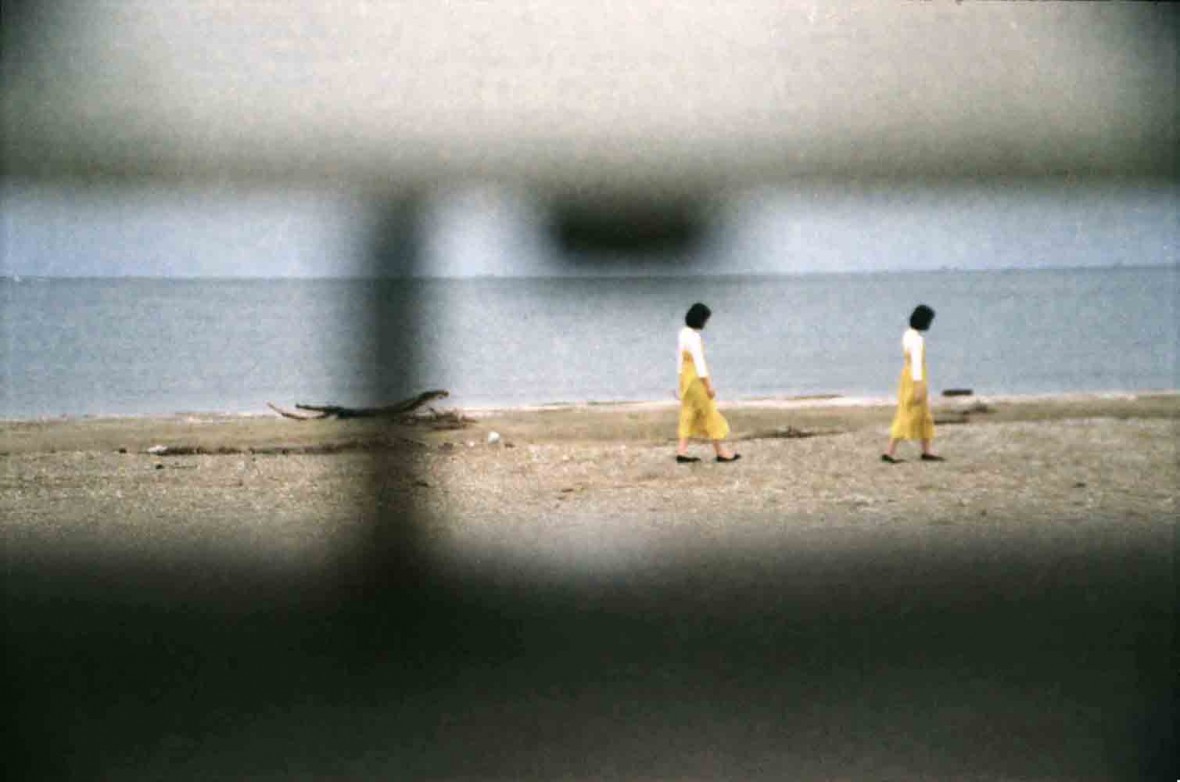
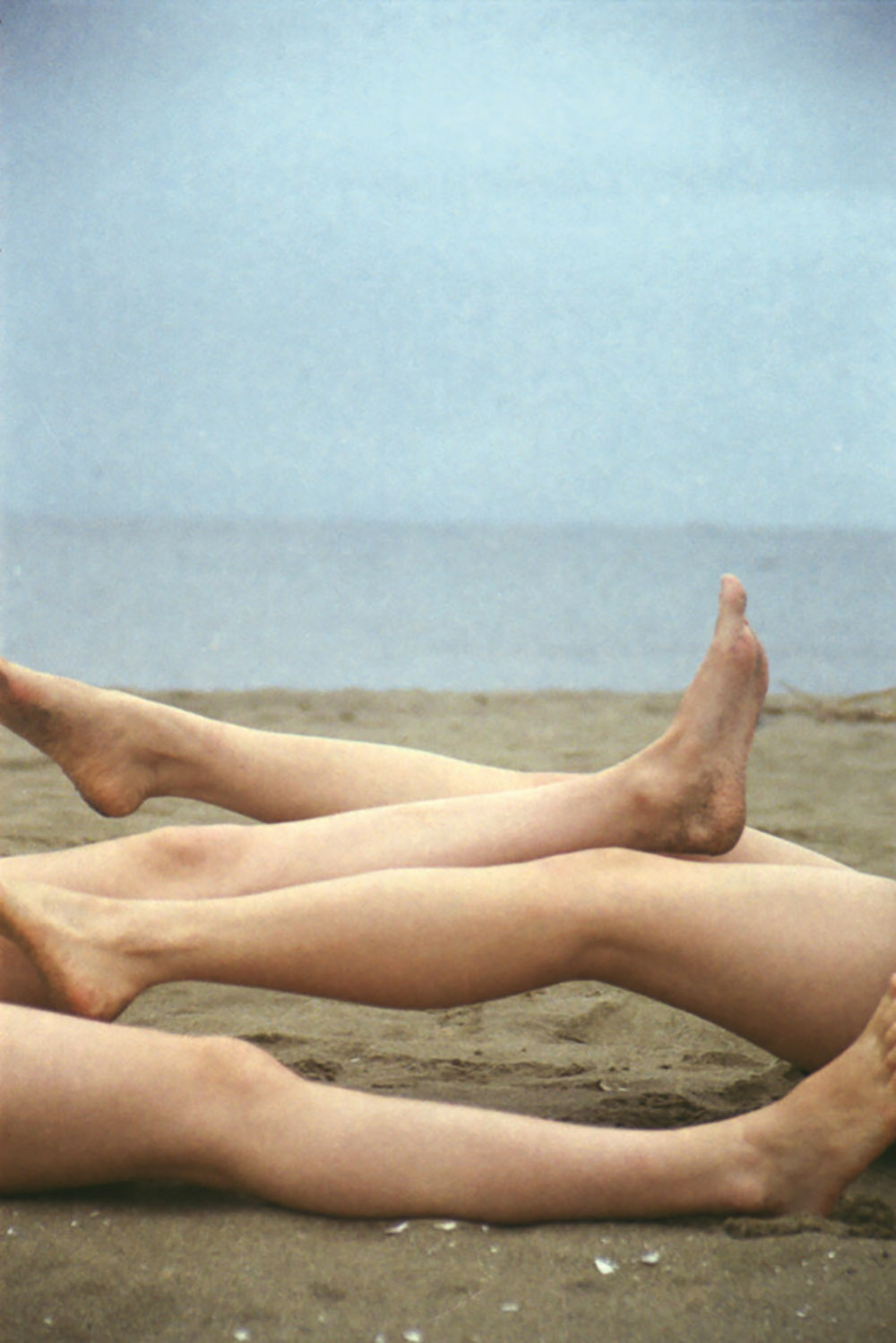
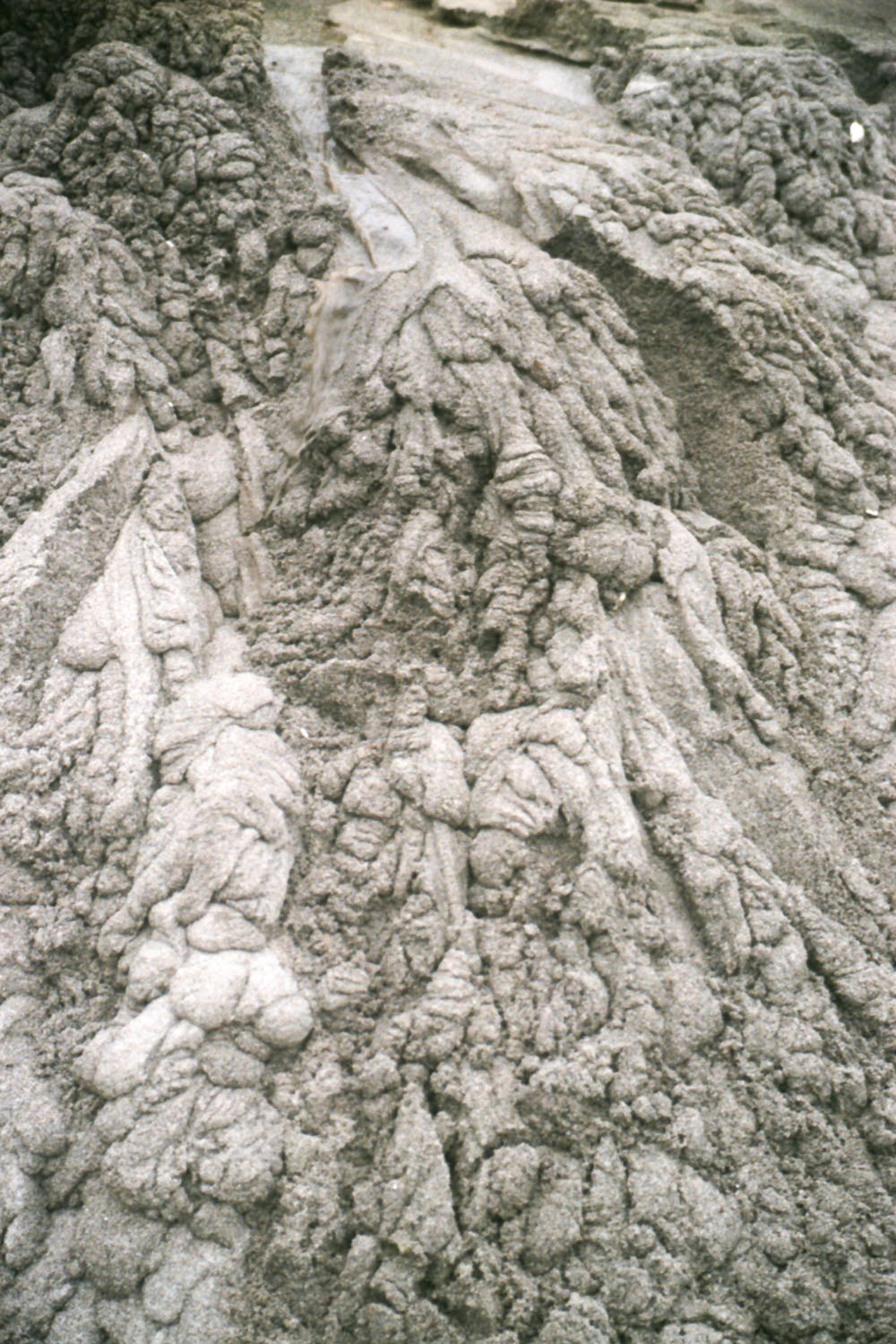
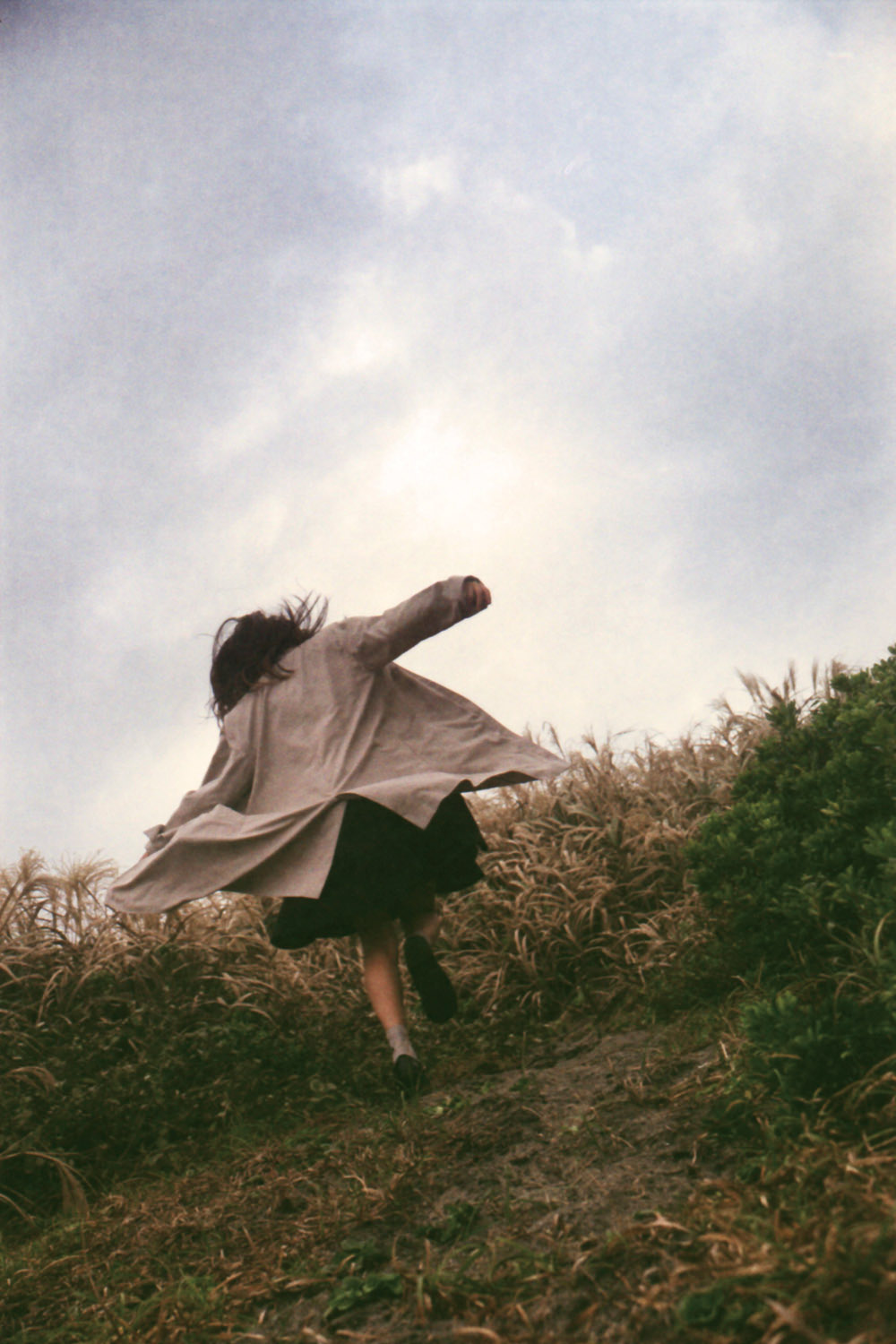
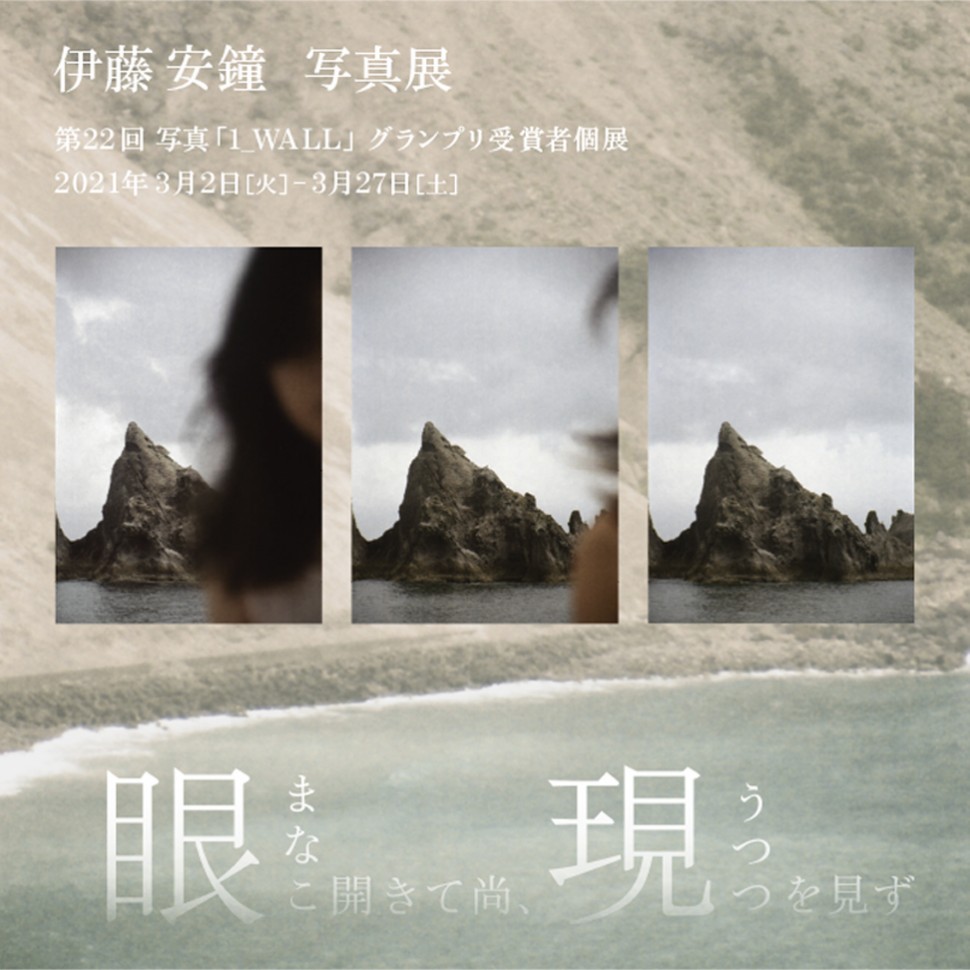
The 22nd “1_WALL” Photography Competition Grand Prize Winner
Akane Ito received the Grand Prize in the 22nd “1_WALL” Photography Competition for “(Last) Weekend Utopia Travel,” her series of photographs taken on weekends spent in search of her ideal utopias. Mainly self-portraits and landscapes, her photos depict real places as unreal realms; and in showing them, she spins a tale of her real self, searching for utopias, there encountering her “other” self, waiting for her. The judges lauded Ito for her skill at putting together an exhibit of her envisioned realms expressed from the perspective of a third party, as well as for her skill at tying together elements such as weekend photo shoots and self-portraits into a unified theme.
While aiming her camera at real realms – stark vistas, sunlight reflecting on a water surface, plants swaying in a breeze, etc. – beyond them Ito overlays her imagined utopias. One could say they are her attempts to clarify, visually via photography, realms existing within her consciousness that are visible only to her.
In her solo show, through her works Ito will express the realms she has seen by forging deeply into the utopias she has found. Besides photography, she will also incorporate other techniques into new works that integrate video or painting, thereby expressing her envisioned realms from multiple angles. Visitors are sure to be enthralled by Ito’s works, new and old, coming approximately a year after she won her Grand Prize.
On March 10 (Wed), a Talk Event will be held with photographer Rika Noguchi as Akane Ito’s guest. Together they will discuss what they gain from the act of taking photographs.
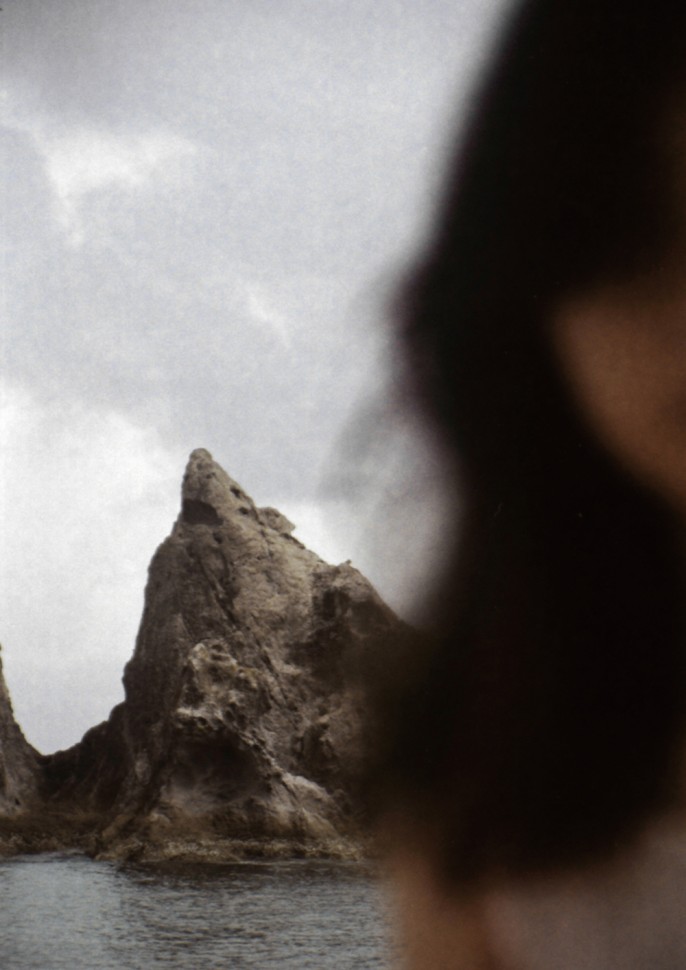
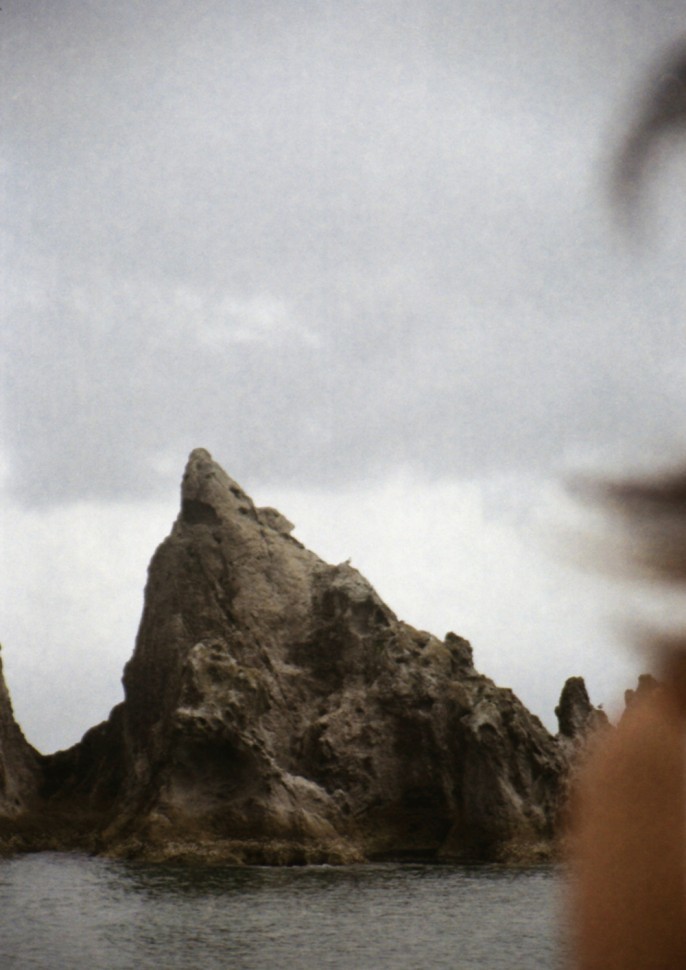
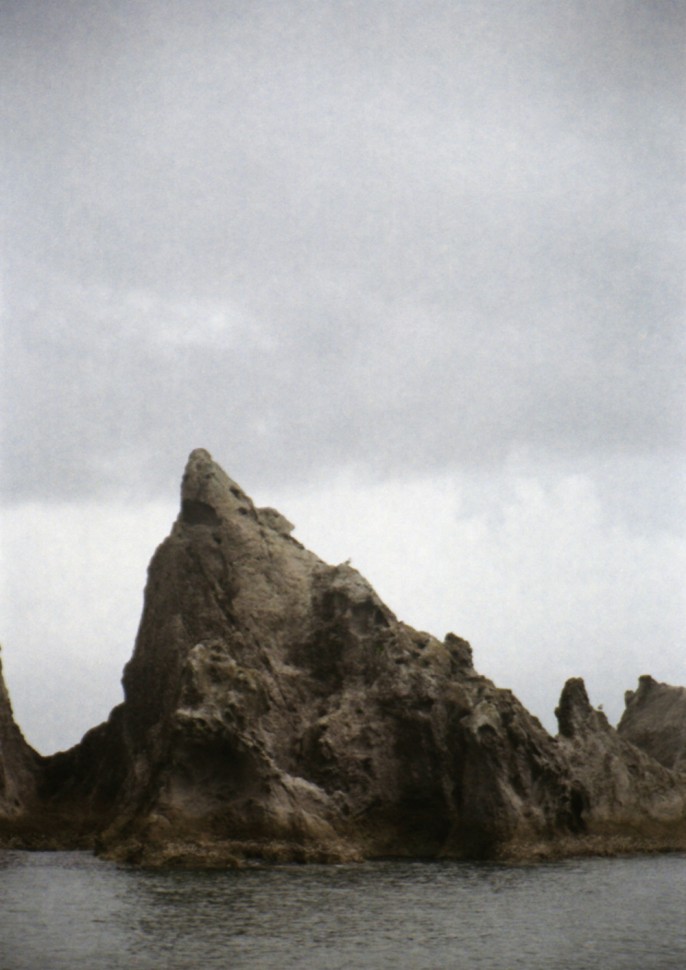
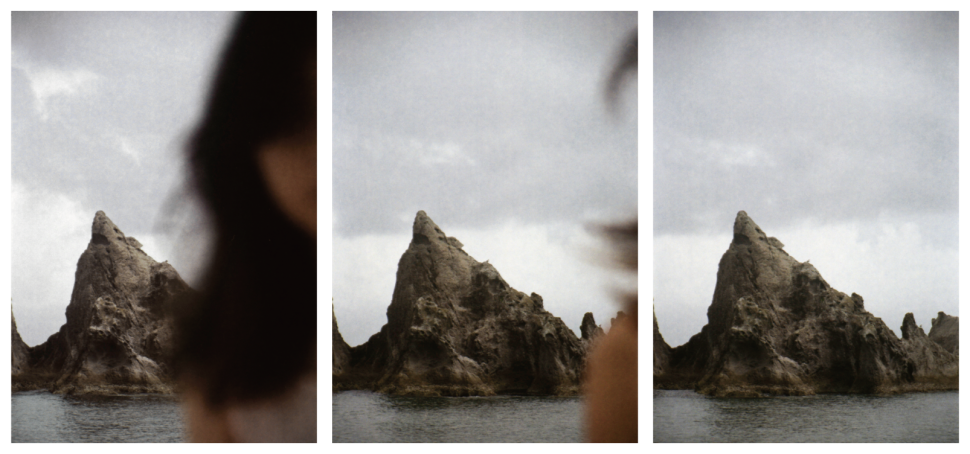
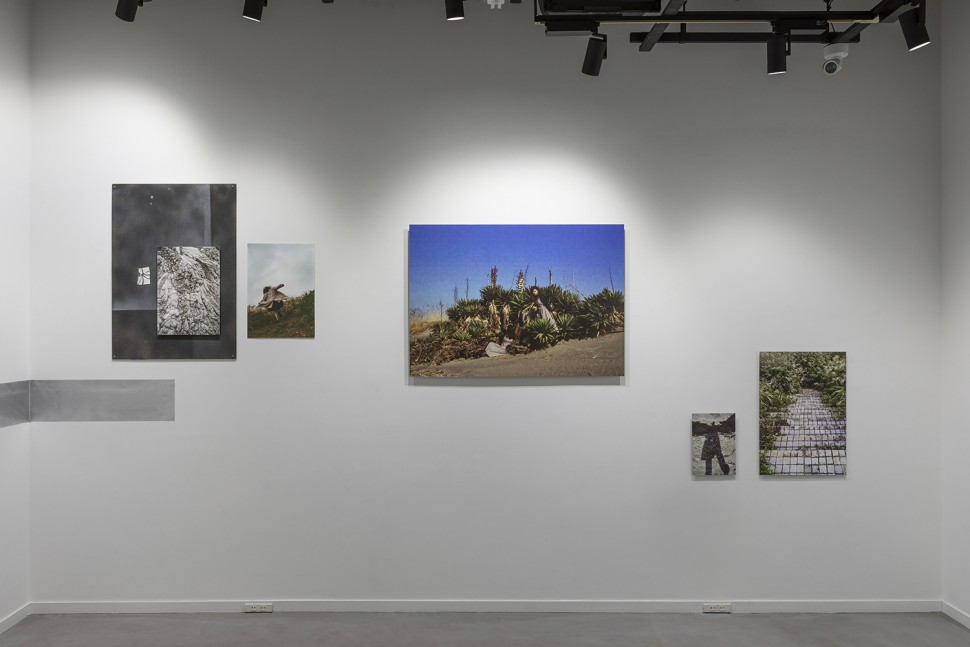
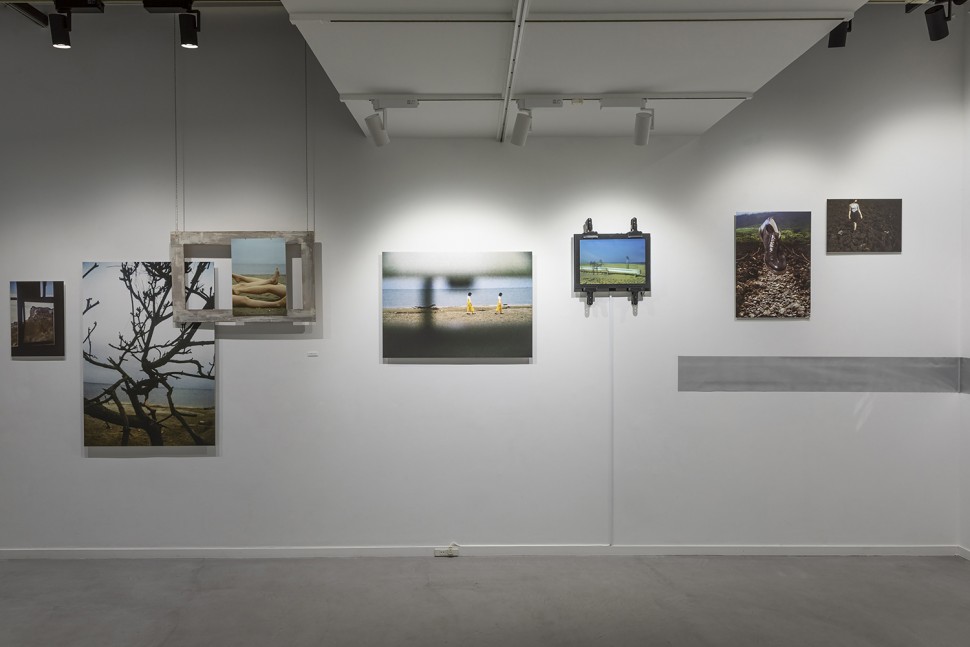
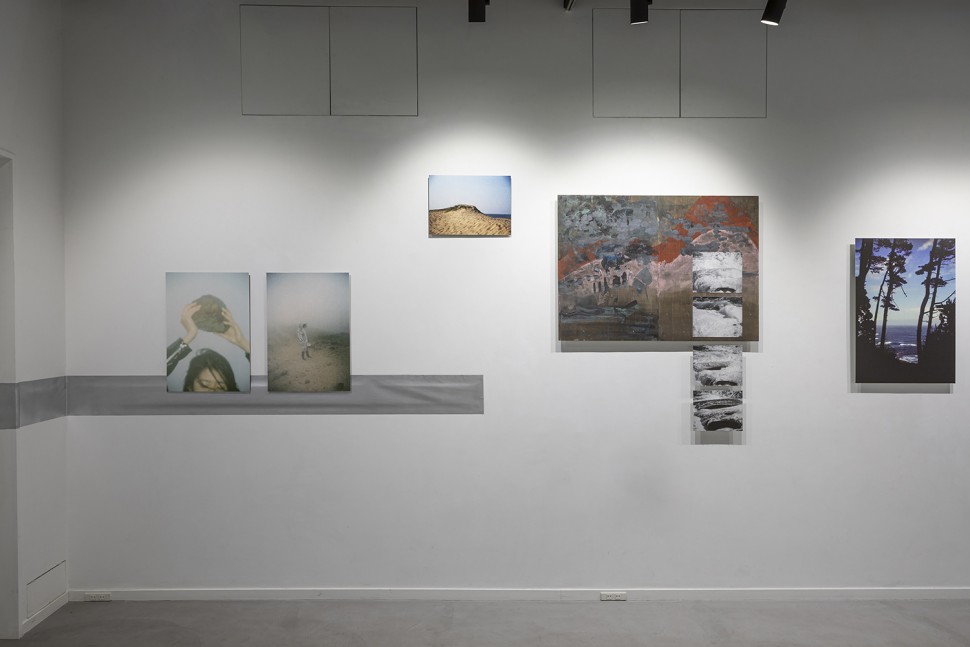
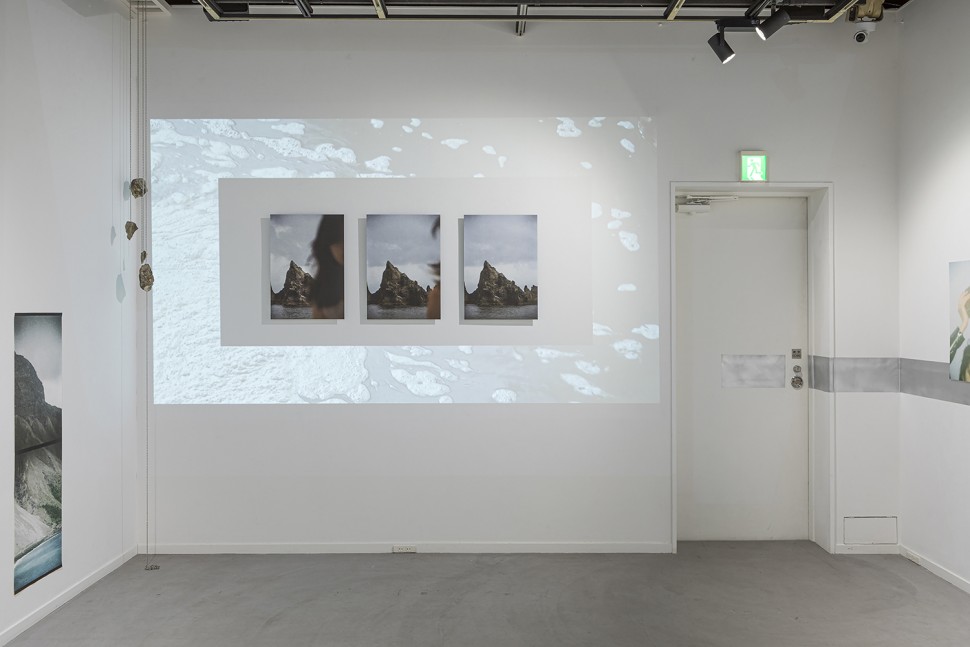
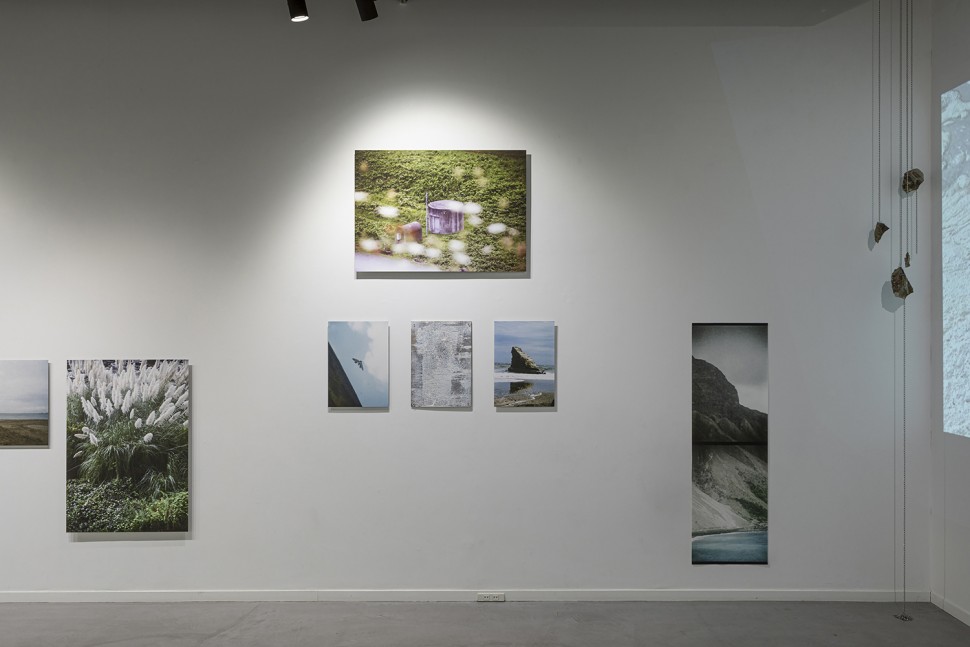
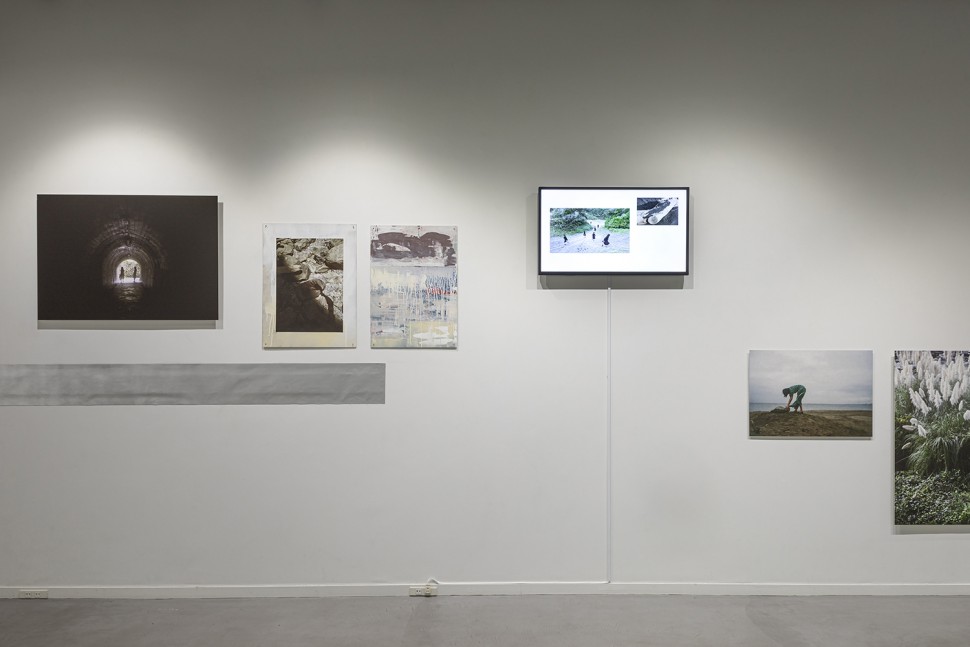
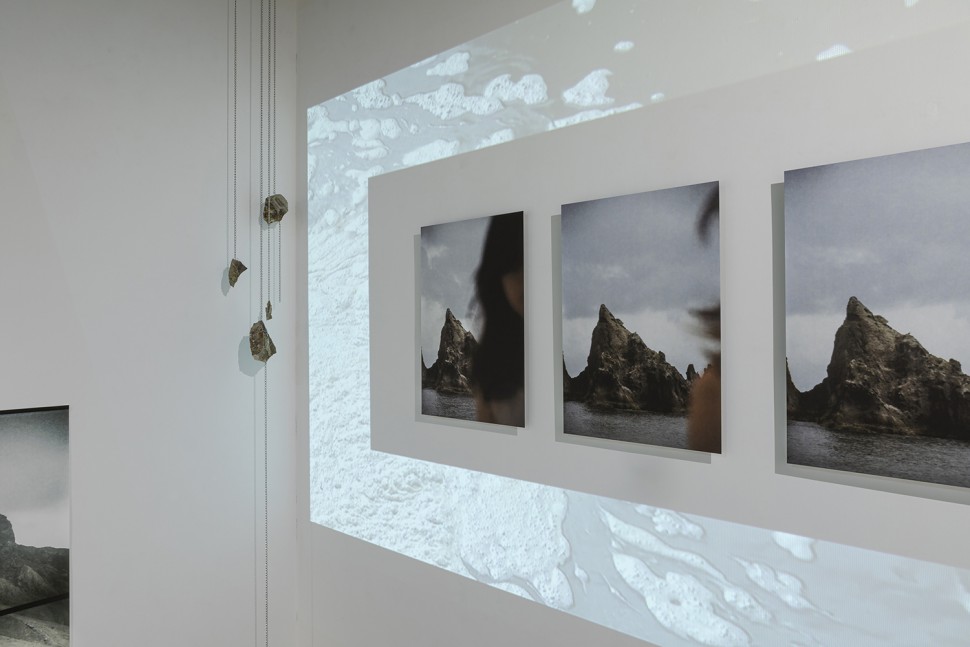
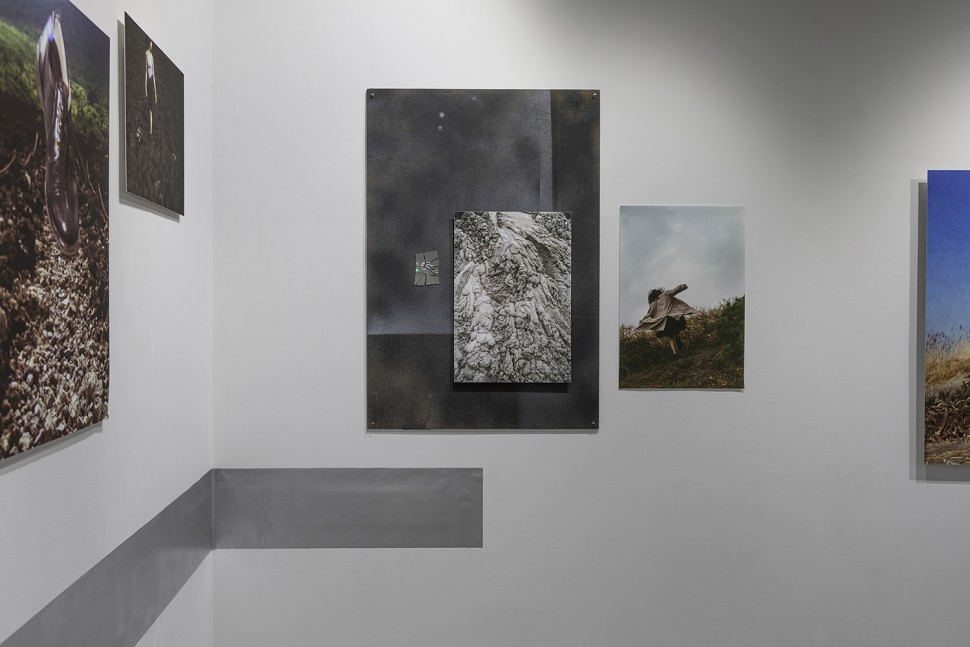
PREV
NEXT













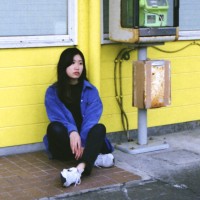
Message from Artist
When I was a child, I could see imaginary visions even with my eyes open.
Cheese in the shape of what was then my favorite candy, scattered about on my father’s back as I slept next to him. The animals of the zodiac walking in a shimmer above my head. I never mentioned such things to anyone, not even my mother, certain that no one would believe me. The visions were unstable, and unless I kept concentrating on them, it seemed they would disappear. (It’s thanks to my dogged determination to remember them that I’m writing about them now.)
How much of my memories of those realities is certain?
How far does reality go?
Once, I encountered a scene extremely like what I had seen in a dream, and I wasn’t sure which of them was real.
It felt like I’d entered a warp.
Our brain tissue is actually poorly made and can’t be perfectly repaired.
The days in our memories gradually fade.
Most people in the world likely take photos because they want to preserve the scenes they see, or to keep a record,
but I want to keep them as another world.
In other words, I want to photograph the unconsciously created world I described above.
I’m the only one who can see these scenes.
So I should preserve them before they disappear from memory.
Akane Ito
Message from One of the Judges
Akane Ito’s photographs redefine the instantaneous nature of the camera as a mechanical device, which started with the birth of the portable camera. Her anonymous and stateless scenes seem to have been shot somewhere other than in contemporary Japan, or perhaps on a different planet. But as the title of her “(Last) Weekend Utopia Travel” series indicates, she has amassed photos of the “last” scenes at the end of that world on her modest “weekends.” In reality, her unplaceable utopias or atopias (nowheres) were shot near or in the outskirts of the greater Tokyo region. To shoot her extraterrestrial, science-fiction-like scenes she needs no elaborate setup or equipment or computer graphics. When a photographic subject is needed, being her own subject will do. If two people are needed, she just superimposes two photos. Ito’s photos are altogether instantaneous, and they make us ponder wherein lies the inherent instantaneous quality of a camera. In that sense, Ito’s photographs are her resolute response to the question of how to represent places that don’t exist: in the same way that Andrei Tarkovsky filmed sequences for “Solaris” on Tokyo’s Shuto Expressway, and Jean-Luc Godard relied entirely on actual urban scenes in Paris within the framework of a science fiction film. It’s actually scenes like those that are places that don’t exist. In this way, a camera makes it possible to leap from reality and create utopia before our eyes.
Ryo Sawayama(Art Critic)